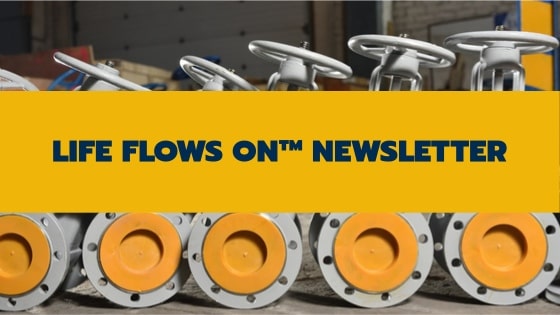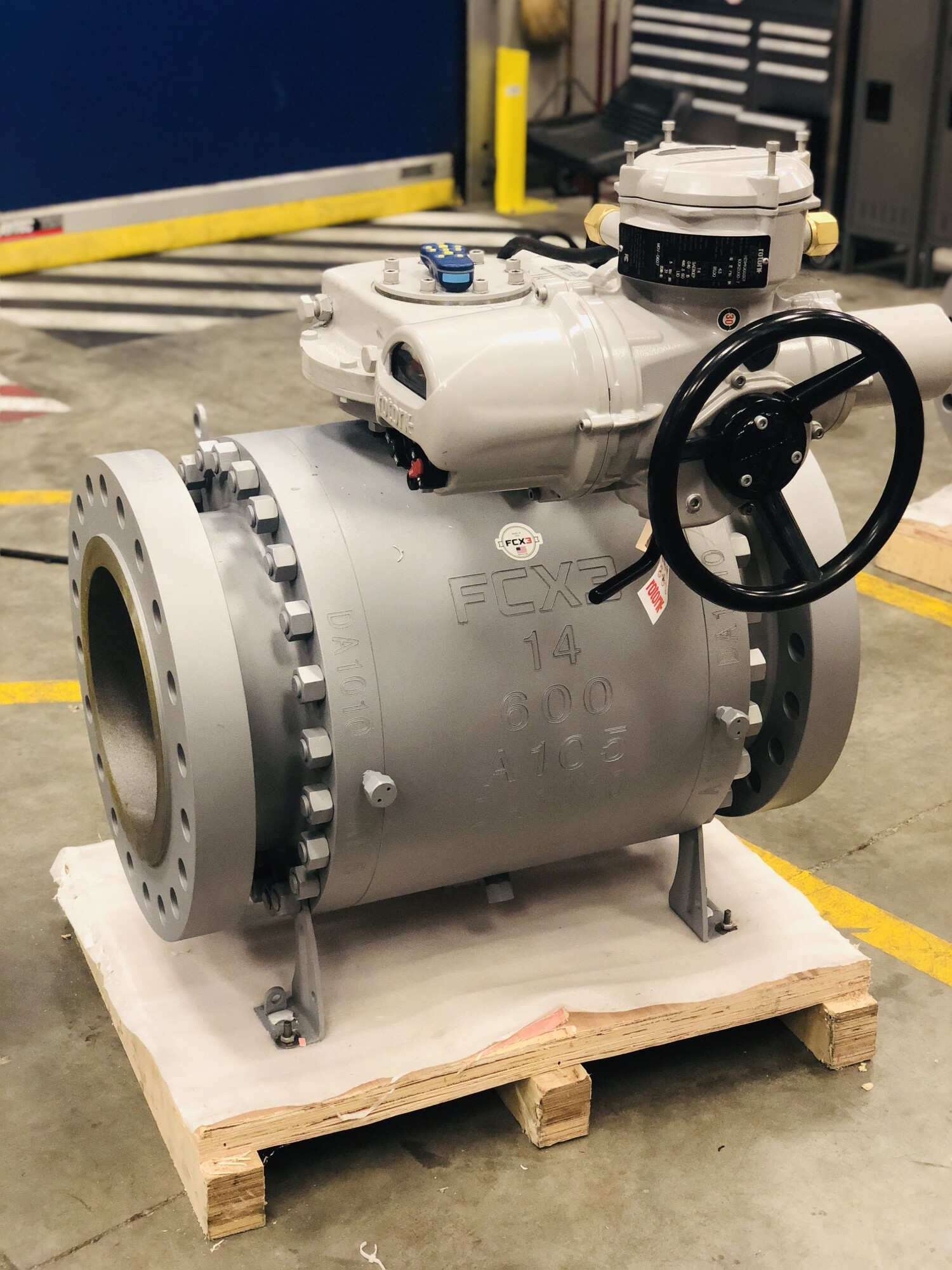
Electric Actuators vs Pneumatic Actuators for Service Flow Control

Analysts expect the global valve actuator market to grow at a CAGR of 8.2% over the next six years. Pneumatic actuators have long been a staple of many industries. However, electric actuators are on track to lead the market in the near term.
Choosing a valve actuator is always an important decision. It’s especially important when you need an actuator for a severe service application. Is a pneumatic actuator or an electric actuator the best choice?
Learn more about pneumatic and electric actuators as well as their pros and cons for your severe service application. You’ll be better able to find the right actuator for your project.
Importance of Your Valve Actuators
The valve actuator is the device that causes the valve to open and close. It provides the necessary torque, rotational travel, and speed to move the valve closure member (disc, ball, or plug) to the correct position.
Once the valve closure is in the right position, the actuator holds it there. It should seat the valve closure member with enough torque for the shutoff specification.
Electric and pneumatic valve actuators automate the operation process. Automation brings you several important benefits.
Improved Safety
Valve automation keeps your operators out of extreme or potentially hazardous environments.
The valve actuator will go to a fail-safe position in an emergency. This can be either an open or closed position depending on the application.
Reliability
Valve actuators give you more control over the system. You know you have the right amount of force to open or close the valve every time.
Valve actuators reduce the chance of operator error. You lower the risk of wasted materials or damaged products from improper valve movement.
Control Hard-to-Access Valves
A valve actuator gives you control over the valve no matter where it’s located. Even if the valve is underground or offshore, you can consistently control it with a valve actuator.
Pneumatic vs Electric Actuators
Pneumatic actuators and electric actuators are two of the most common types of valve actuators. They can both produce either linear or rotary motion. They differ in the source of power for controlling the motion of the actuator.
Pneumatic Actuators
Pneumatic actuators convert air pressure into linear or rotary motion. They’re a well-established choice for many applications.
The actuator assembly bolts directly on top of the valve body. Compressed air builds up pressure on a diaphragm or piston. This moves the actuator on the valve stem to open or close the valve.
Electric Actuators
Electric actuators are gaining popularity. As their name suggests, they use electrical energy to create valve motion.
Electric actuators are either solenoid-driven or motor-driven. When an electric current passes through the coil of a solenoid-driven actuator, it creates a magnetic field that causes the valve to open or close. Motor-driven actuators receive an electrical signal that activates the motor to move the valve.
Pros of a Pneumatic Actuator
Some key advantages of pneumatic actuators for severe service applications are their safety and reliability. Pneumatic actuators are explosion-proof, shock-proof, and spark-proof. This makes them ideal for many hazardous locations.
A spring return fail-safe option is readily available on a pneumatic actuator valve. The spring return drives the valve to a designated safe position in the event of a power or signal failure. This feature keeps your facilities and personnel safer.
A pneumatic actuator has a 100% duty cycle. It can operate continuously without overheating.
Another advantage of pneumatic actuators is they give you high force and speed but a small footprint. They give you better force and speed per unit size than electric actuators. You can easily adjust the force and speed independently.
Finally, pneumatic actuators have very economical component costs.
Cons of a Pneumatic Actuator
Pneumatic actuators have a low initial cost, but their total cost of ownership can be higher. Costs include replacement cylinders, air line installation and maintenance, and electricity for the compressor. Inefficiencies in the pneumatic system can lead to additional costs.
The compressed air can become contaminated with oil or other substances, which can lead to downtime. In addition, fine control of the system is more difficult due to the use of compressed air.
Pros of an Electric Actuator
One of the main advantages of using an electric actuator is precise control and positioning. They’re good for locations where instrument air for a pneumatic actuator isn’t available.
Electric actuators shorten your cycle time. An electric actuator valve develops force instantly. You don’t have a delay like a pneumatic actuator, which has to wait until the air pressure builds up enough.
An electric actuator strokes the tooling only as much as necessary. It doesn’t cycle across the full stroke if it’s not necessary.
You can fully control the motion profile of an electric actuator so it won’t create shocks or vibrations in the system.
Electric actuators reduce setup time and make machine changeovers more efficient. You can automate an electric actuator to change between different sizes or products in the same machine.
Cons of an Electric Actuator
One significant disadvantage of electric actuators is their component cost. They’re much more expensive than pneumatic actuators. The operating costs are lower, though, so the total cost of ownership is typically less than for pneumatic actuators.
Another difficulty in using electric actuators for severe service conditions is that they need modifications for use in hazardous conditions. They need a protective enclosure for applications involving flammable media or other hazardous environments.
An electric actuator isn’t ideal for outdoor use. You’ll need to ensure it’s well-sealed to prevent moisture from getting inside. It will need a heater.
Electric actuators don’t typically include a spring return fail-safe option. You’ll need to install a special battery backup or a spring capsule.
Another disadvantage of electric actuators is that they don’t have a 100% duty cycle. You’ll need to upgrade the actuator if you need a high duty cycle.
Choosing Your Valve Actuator
Choosing a valve actuator is an important decision. Electric actuators and pneumatic actuators have pros and cons for your severe service applications. A valve and actuator expert can help you find the right actuator for your project.
The team at Anything Flows has certifications from the most rigorous engineering universities around the world. We’re focused on providing excellent customer service to help you get the best products at the most competitive prices.
Contact us today to find your severe service valve actuator solution.
